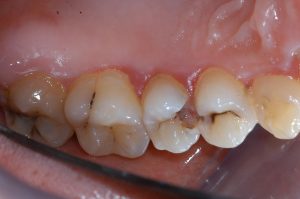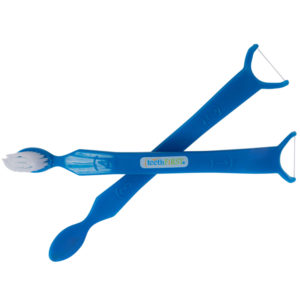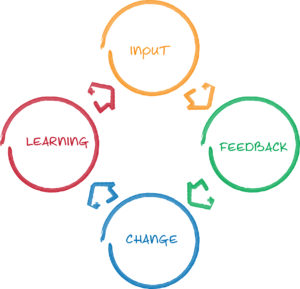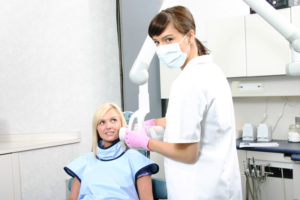 To floss or not to floss, that is the question.
To floss or not to floss, that is the question.
In his September 4 opinion post in Medical Daily, Dr Tim Pruett states that the media storm started in August with the Associated Press article on the value of flossing will have little impact because 80% of people don’t floss regularly anyway.
This raises a question: why are there so few regular flossers? After all, don’t dentists and hygienists admonish their patients, every 6 months, to floss every day? And they have been doing so for decades.
The logical deduction is: this approach doesn’t work. It is quite obvious and the numbers speak for themselves.
 The most common type of filling
The most common type of filling
As a dentist with 40+ years of clinical practice experience in various settings, I can confirm the statistics shared by Dr Pruett: the most common type of filling performed in any dental office is by far the filling to repair a cavity between teeth. And periodontal disease, or gum disease, most commonly starts between teeth too, especially the back ones.
Medical benefits of flossing
What is even more worrisome, is that bacteria left undisturbed between teeth not only multiply, they build micro-cities in these spaces, dumping smelly sewage onto your teeth and gums. Ever wondered why you wake up with jungle mouth in the morning? Bacteria also create communication highways, even exchanging DNA. As these bacteria become well established, they also become more and more harmful, not just locally to your gums and teeth, but also to remote parts of you body. Doctors find bacteria from the mouth in diseased joints, diseased heart valves, diseased blood vessels… And when bacteria find their way there, they can cripple… even kill you.
Personally, I brush and floss after each meal. I have been doing this for more than a decade. For more than a decade, I haven’t had any problem with my gums or teeth despite the fact that I come from a family where periodontal disease prevails. My parents never flossed. I am also prone to cavities. I have 15 teeth that were drilled and filled because I only learned about floss when I entered Dental School. This means that oral health is attainable even to people who, like me, don’t have the best genes and who fell into less than perfect oral health because of poor habits.
To floss or not to floss? Brushing: when? How often?
So, this brings me the the recommendations of brushing twice per day for 2 minutes and flossing once per day. How well are those recommendations working? Do they even make sense? Between the morning and evening brushing, every meal, every snack turns into a storm of epic proportion once it enters your mouth, leaving behind debris in every nook and cranny after you swallow your last bite. Debris that feed the bacteria if you don’t go in there and clean after you feed…
And more questions: how well does teaching people how to brush giant teeth with a giant toothbrush work? And then moving in with an electric or air driven hand piece to polish their teeth with a little rubber cup and mint flavored pumice?
Re-thinking prevention
We need to re-think prevention, all of it. Re-think where, how and by whom effective prevention is offered. Brushing and flossing skills are not obvious. These skills need to be taught and practiced in elementary schools, just like writing and counting. These skills can not be taught with giant teeth and a giant toothbrush, but rather with brush and floss in the mouth, on the teeth. Taught, timed and supervised. Then, and only then, will we have a chance to influence the future of oral health.
Kids growing up in a school system that values oral health and supports their learning through daily oral health practices in the classroom will grow up into adults benefiting from excellent oral health who know how to floss and brush correctly.
Teaching 5 year olds to floss
At TeethFirst, we have discovered that it is much easier to teach 5 year olds to floss than it is to teach older kids. And these 5 year olds are now asking to continue with the supervised flossing and brushing program they participated in last school year. Perhaps later we will know them as the generation who broke the cycle of dental diseases.
I enjoyed reading Dr Tim Pruett’s “Why it’s Best to Keep Flossing”. He provided convincing statistics and explained dental diseases from the point of view of a deep well of knowledge. With his use of every day language, Tim helped the reader understand the intrinsic value of good flossing habits.
I like what “The Medical Benefits of Dental Floss Unproven” did. For the past month I have been talking about dental floss from a different perspective and a lot more than ever before. Contrary to Dr Pruett’s prediction, I believe that Flossgate may contribute to needed changes in oral health and to its integration to overall health. Let’s keep #Flossgate alive.



